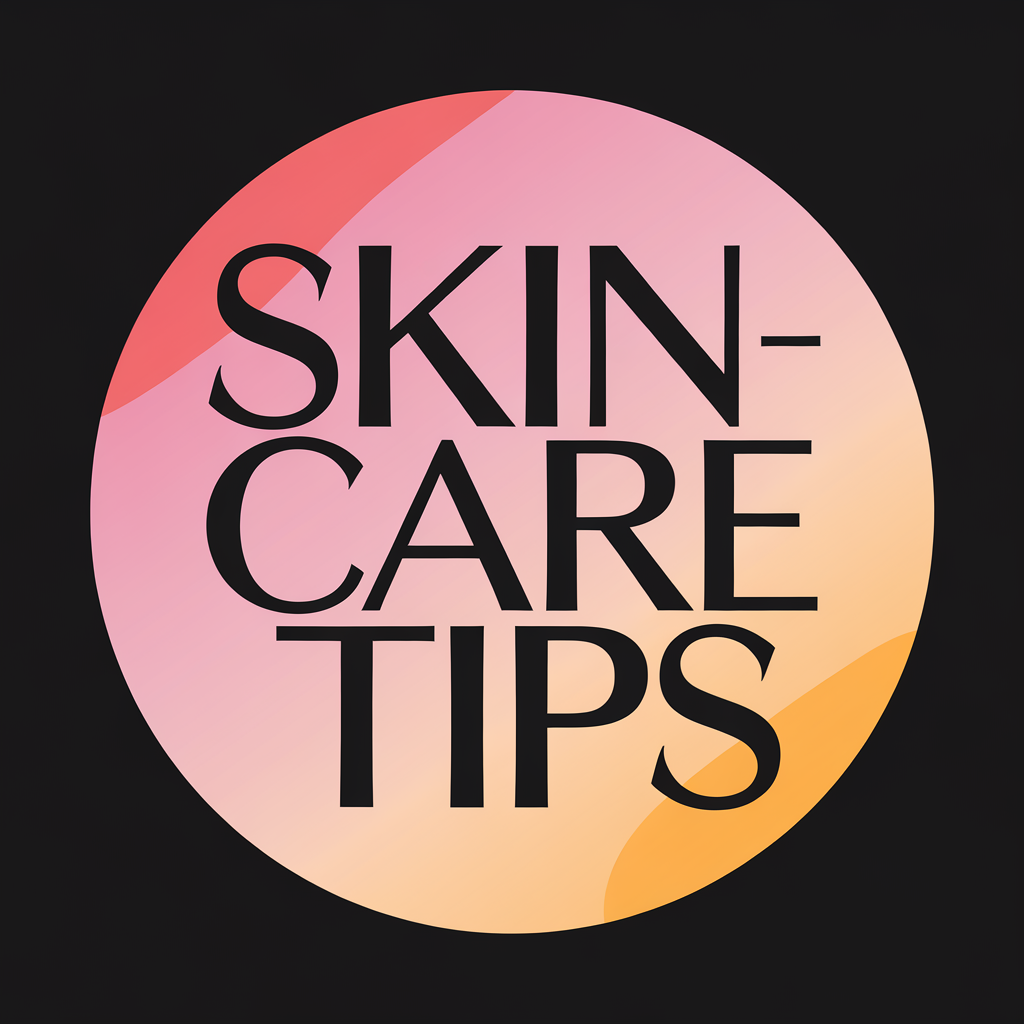The Truth About Exfoliating-How Often Is Too Often.
Exfoliating boosts your skin’s health, but too much can backfire. If your skin feels tight, looks red, or breaks out, you might be over-exfoliating. Generally, oily skin thrives with 2-3 sessions a week, while dry skin should stick to 1-2 times. Combination skin works best with 1-2 sessions, and sensitive types should limit it to every 1-2 weeks. Finding the right balance is key to glowing skin, and there’s more to discover about exfoliation techniques and tips.
Understanding Exfoliation: What It Is and Why It Matters
Have you ever wondered what exfoliation really is and why it’s essential for your skin?
Exfoliation is the process of removing dead skin cells from the surface, promoting a smoother and more radiant complexion.
It helps prevent clogged pores, reduces acne, and enhances the effectiveness of your skincare products.
Knowing how often to exfoliate is vital; typically, you should exfoliate 1-3 times a week, depending on your skin type.
Over-exfoliating can lead to irritation and damage, so listen to your skin’s needs. Excessive exfoliation can compromise your skin barrier, leading to increased sensitivity and other skin issues.
Types of Exfoliants: Physical vs. Chemical
Exfoliation can be achieved through two main types of exfoliants: physical and chemical.
Physical exfoliants include scrubs and tools that manually slough off dead skin cells, providing immediate results.
However, they can sometimes irritate sensitive skin if used too aggressively.
On the other hand, chemical exfoliants utilize acids or enzymes to dissolve dead skin cells, promoting a smoother complexion.
They penetrate the skin more deeply and can offer longer-lasting benefits without the abrasion.
Understanding these differences helps you choose the right exfoliant for your skin type, ensuring effective and safe exfoliation tailored to your needs. Additionally, selecting the appropriate exfoliant based on your skin type can enhance your overall skincare routine.
Benefits of Regular Exfoliation
Regular exfoliation offers numerous benefits that can greatly enhance your skin’s appearance and health. By incorporating it into your skincare routine, you’ll experience:
- Smoother Texture: Exfoliating removes dead skin cells, revealing a softer surface.
- Brighter Complexion: Regular exfoliation promotes cell turnover, giving your skin a radiant glow.
- Improved Absorption: Removing buildup allows your skincare products to penetrate deeper, maximizing their effectiveness.
- Reduced Breakouts: Exfoliation unclogs pores, minimizing the likelihood of blemishes and acne.
Additionally, hydration techniques after exfoliating can further boost your skin’s radiance and overall health.
Signs You’re Over-Exfoliating
While the benefits of regular exfoliation are clear, it’s important to recognize when you might be overdoing it.
If your skin feels tight, dry, or irritated, these are red flags.
You might also notice increased redness or sensitivity, which suggests your skin’s barrier is compromised.
Breakouts can occur when you’re stripping away too much, leading to an imbalance in oil production.
Additionally, if you see flaky patches or a dull appearance, it’s a sign your skin needs a break.
Listen to your skin—if it’s reacting negatively, scale back on exfoliation to restore balance and health.
A compromised barrier can lead to frequent breakouts, making it crucial to adjust your routine accordingly.
How Often Should You Exfoliate Based on Skin Type
Wondering how often you should exfoliate based on your skin type? Here’s a quick guide to help you tailor your routine:
- Oily Skin: Exfoliate 2-3 times a week to keep excess oil and breakouts at bay.
- Dry Skin: Limit to 1-2 times a week to avoid irritation and moisture loss.
- Combination Skin: Exfoliate 1-2 times weekly, focusing on oilier areas more frequently.
- Sensitive Skin: Stick to gentle exfoliation once every 1-2 weeks to prevent redness and discomfort.
Additionally, understanding your true skin type can enhance your exfoliation routine and overall skin health. Adjust these frequencies based on your skin’s response for best results.
Tips for Safe and Effective Exfoliation
To achieve safe and effective exfoliation, you need to choose the right method for your skin type and concerns. Pay close attention to how your skin reacts after each session; it’ll guide you in adjusting your routine. Additionally, be aware that incorporating active ingredients may lead to skin purging as your skin adjusts.
Choose the Right Method
How can you guarantee your exfoliation routine is both safe and effective?
Choosing the right method is essential.
Here are four tips to help you select the best approach for your skin type:
- Know Your Skin Type: Tailor your method—sensitive skin benefits from gentle scrubs, while oily skin may tolerate stronger acids.
- Consider Ingredients: Look for exfoliants with natural ingredients or gentle chemical exfoliants like AHAs and BHAs.
- Frequency Matters: Start slow; once a week is ideal for most skin types.
- Patch Test: Always perform a patch test before fully incorporating a new product to avoid irritation.
Listen to Your Skin
Are you paying attention to what your skin is telling you? Listening to your skin is essential for effective exfoliation.
If it feels irritated, red, or sensitive, you might be over-exfoliating. On the other hand, if it’s dull and textured, it may benefit from more frequent exfoliation.
Pay attention to changes in your skin’s texture and hydration levels; they can indicate whether you need to adjust your routine.
Always start with a patch test when trying new products and stick to gentle methods if your skin is sensitive.

